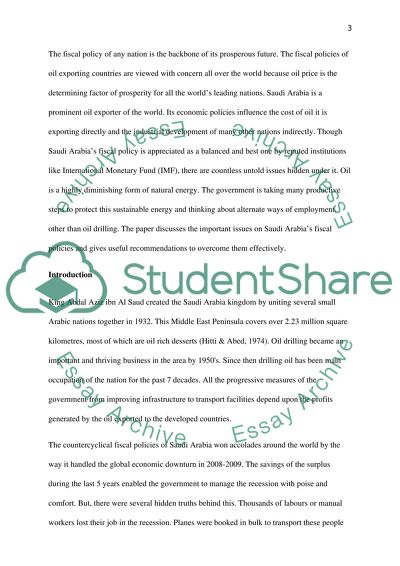Cite this document
(“Analysis on Saudi Arabia's Fiscal Policy and the Oil Prices Assignment”, n.d.)
Analysis on Saudi Arabia's Fiscal Policy and the Oil Prices Assignment. Retrieved from https://studentshare.org/macro-microeconomics/1401456-saudi-arabia-s-fiscal-policy-and-the-oil-prices
Analysis on Saudi Arabia's Fiscal Policy and the Oil Prices Assignment. Retrieved from https://studentshare.org/macro-microeconomics/1401456-saudi-arabia-s-fiscal-policy-and-the-oil-prices
(Analysis on Saudi Arabia'S Fiscal Policy and the Oil Prices Assignment)
Analysis on Saudi Arabia'S Fiscal Policy and the Oil Prices Assignment. https://studentshare.org/macro-microeconomics/1401456-saudi-arabia-s-fiscal-policy-and-the-oil-prices.
Analysis on Saudi Arabia'S Fiscal Policy and the Oil Prices Assignment. https://studentshare.org/macro-microeconomics/1401456-saudi-arabia-s-fiscal-policy-and-the-oil-prices.
“Analysis on Saudi Arabia'S Fiscal Policy and the Oil Prices Assignment”, n.d. https://studentshare.org/macro-microeconomics/1401456-saudi-arabia-s-fiscal-policy-and-the-oil-prices.


